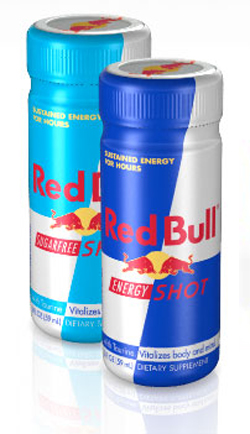UPDATE: On Friday, October 12, the beverage industry and 11 other organizations filed a lawsuit against New York City challenging the recent soda ban, according to an article in The Washington Post. The lawsuit deals less with the ban itself and more with whether or not the New York City Board of Health had the right to pass the regulation in the first place.
A portion of the lawsuit reads: “The Board of Health’s decision nonetheless to ban certain sizes of sweetened beverages in certain outlets, imposed by executive fiat, usurps the role of the City Council, violating core principles of democratic government, and ignoring the rights of the people of New York City to make their own choices.”
The NYC Board of Health reportedly contends that it does, in fact, have the authority to create such a regulation that ‘promotes healthier living,’ and is poised to fight the lawsuit much like it battled chain restaurants in court over the issue of calorie labeling on menus. (10/15/12)
It seems the nation has been on high alert as the New York City soda ban vote inched nearer. As of Thursday morning, New Yorkers and their mayor Michael Bloomberg can take a deep sigh of relief as the wait is now over. The proposed amendment to ban the sale of sugary beverages exceeding 16 ounces has been approved by the city’s Board of Health.
 The measure will take effect in six months unless overturned by a judge, which the soda industry has vowed to pursue. Those living in New York can expect to see their favorite sugary beverages available only in a 16 ounce size or smaller at businesses regulated by the city.
The measure will take effect in six months unless overturned by a judge, which the soda industry has vowed to pursue. Those living in New York can expect to see their favorite sugary beverages available only in a 16 ounce size or smaller at businesses regulated by the city.
Bloomberg takes the health of his citizens seriously and has passed similar measures before, one being the initiative to place calorie counts on restaurant menus and another that limited the amount of trans fats food sold in the city could contain. Despite any resistance to Bloomberg’s past or current legislation positive changes have been made, so it’s no surprise that his most recent initiative was approved.
People are already turning to Twitter in response to the news.
The trans fats ban of 2006 limited the amount per serving to less than 0.5 grams. Studies have since shown that the trans fat content of meals was reduced from 2.91 grams in 2025 to 0.51 grams in 2025. While a 2.4 gram reduction doesn’t sound like much of difference, even small progress is progress in the eyes of Bloomberg and his team.
Though the initiative to place calorie counts on menus wasn’t as successful- a reported 15 percent of diners now choose healthier options and consume 100 fewer calories on average per meal – the mayor’s commitment to building a healthier city seems to be unwavering. (more…)

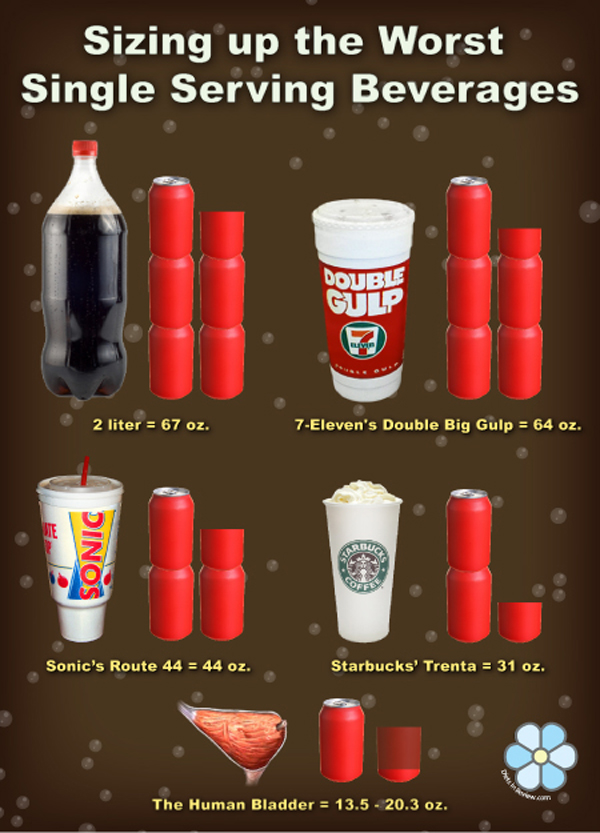

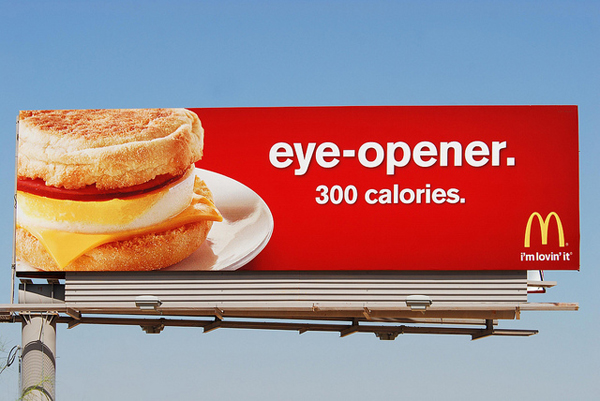


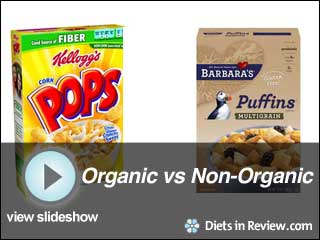
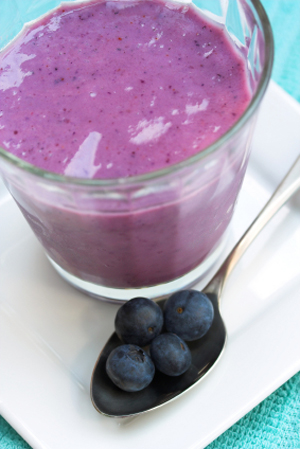
 The Doctors get these couples set on the right track for health through simple but lasting solutions. Sedentary lifestyles, a problem for many, are extremely detrimental, and the doctors tell viewers that
The Doctors get these couples set on the right track for health through simple but lasting solutions. Sedentary lifestyles, a problem for many, are extremely detrimental, and the doctors tell viewers that 

